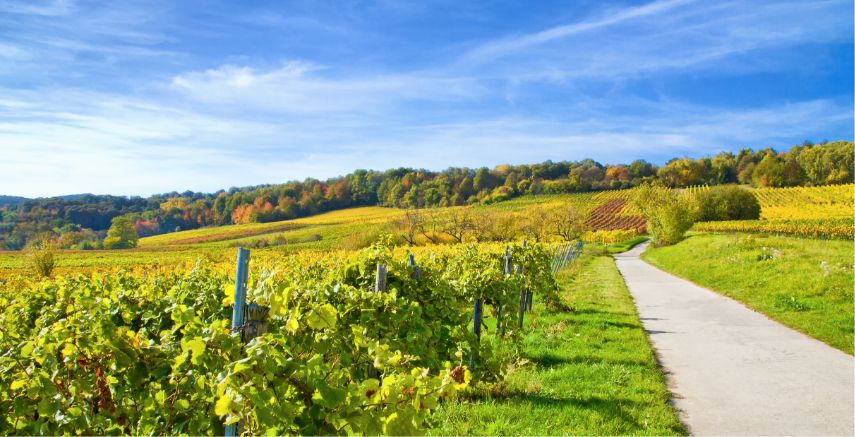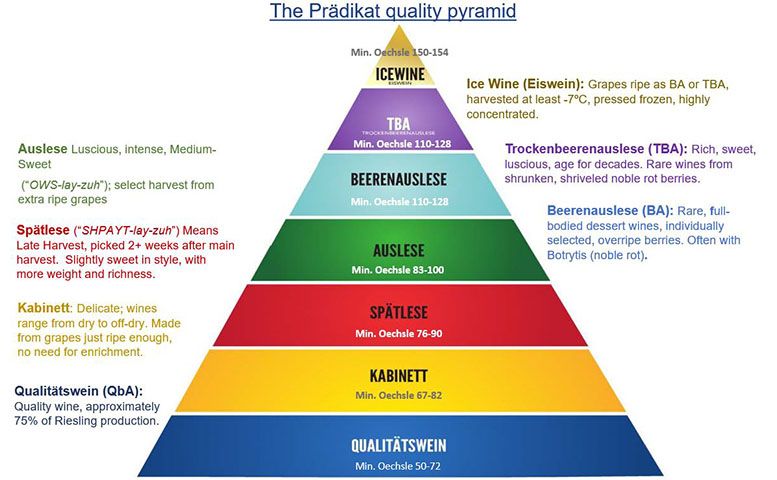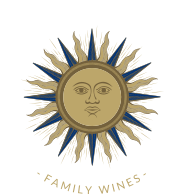An Authentic Expression of Riesling
Schmitt Sӧhne Family Wines is dedicated to Riesling. Riesling is one of the world’s noblest, yet accommodating of the “great” white grape varieties because of its wide range of flavors and incomparable food-friendliness. In addition to the well balanced acidity, Riesling has a range of fruit and floral aromas adding to its complexity. It’s this balance of fruit and acidity that makes Riesling so highly prized as a wine grape.
Riesling grapes are used to make many different styles of wines, from dry to semi-sweet to very sweet – even sparkling wines. The key difference is how long the grape is left on the vine and how long it is allowed to ferment. The longer the grapes ripen, the more intense their flavors and aromas become. German Riesling grapes harvested early, say in September, make light, fruity, well-balanced wines. Riesling grapes harvested later are more complex and flavorful.



